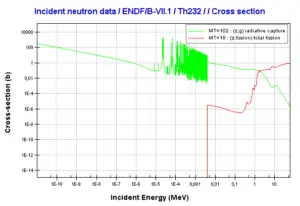
To start, the latter usually involves a costly development process that needs to be duplicated across each platform, and then maintained. Let’s talk progressive web apps and their main competitor: native apps - which are developed using Java or Kotlin for Android, or Objective-C or Swift for iOS.
#THORIUM BUILDER INSTALL#
If you own a PWA, your users are usually notified of new content through push notifications and can install the PWA on their home screen.

Here’s an overview of what makes a web app ‘progressive’: PWA vs native: what makes a web app a progressive web app?

They’re easy to build with no-code, allowing creators without technical ability to build brilliant visually-led, efficient solutions.They work - just ask Pinterest about their 60% boost in engagement, or Starbucks about doubling their daily active users, or look at the other case studies further along in this post.No, they’ve been around for the better part of the last decade. But web apps aren’t new… How’s this a trend?
#THORIUM BUILDER OFFLINE#
We’re talking push notifications, offline use, and screen-responsive pages.Īnd to many businesses, this sounds too good to be true, but it gets better! No-code tools have made PWA development easier, faster, and more affordable than ever before. These web apps function as websites but provide an almost 100% native mobile app experience.

Today we’re exploring the wonderful world of progressive web apps - PWAs, for short. There are many outstanding ways to use no-code to start a business. No-code is built on the credence that technology should enable creation, and not in itself, be a barrier to entry. It’s the revolution that took the mantra of ‘fake it till you make it’ and industrialized it to bring countless dreams to life.


 0 kommentar(er)
0 kommentar(er)
